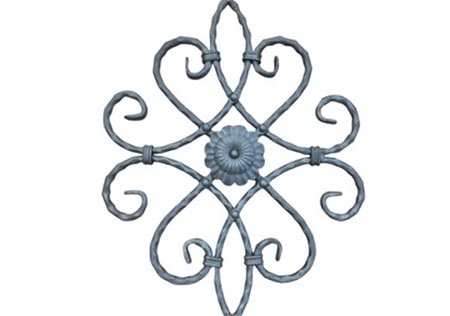What is the internal structure of wrought iron?
Views: 652 Update date: May 15,2024
Wrought iron, renowned for its timeless elegance and structural integrity, has long been a staple material in architecture, art, and infrastructure.
At its core, wrought iron is primarily composed of iron with a low carbon content, typically less than 0.08%. This distinguishes it from cast iron and steel, imparting unique properties such as exceptional ductility and corrosion resistance.
Within wrought iron lies a distinct grain structure, formed during the forging process. These grains, visible under a microscope, are elongated and fibrous in nature. Their alignment contributes to the material's remarkable strength and flexibility, allowing it to withstand bending and shaping without fracturing.

Under closer examination, wrought iron reveals a microstructure consisting of ferrite and pearlite phases. Ferrite, the softest phase, provides ductility, while pearlite adds strength and hardness. Additionally, the presence of slag inclusions and impurities, though considered defects, contribute to the material's unique character and resilience.
In essence, the internal structure of wrought iron is a testament to centuries of craftsmanship and metallurgical expertise. Its unique composition and microstructure imbue it with unparalleled strength, durability, and aesthetic appeal.
Prev News: What is the raw material of wrought iron?
Next News: Why is steel better than wrought iron?
